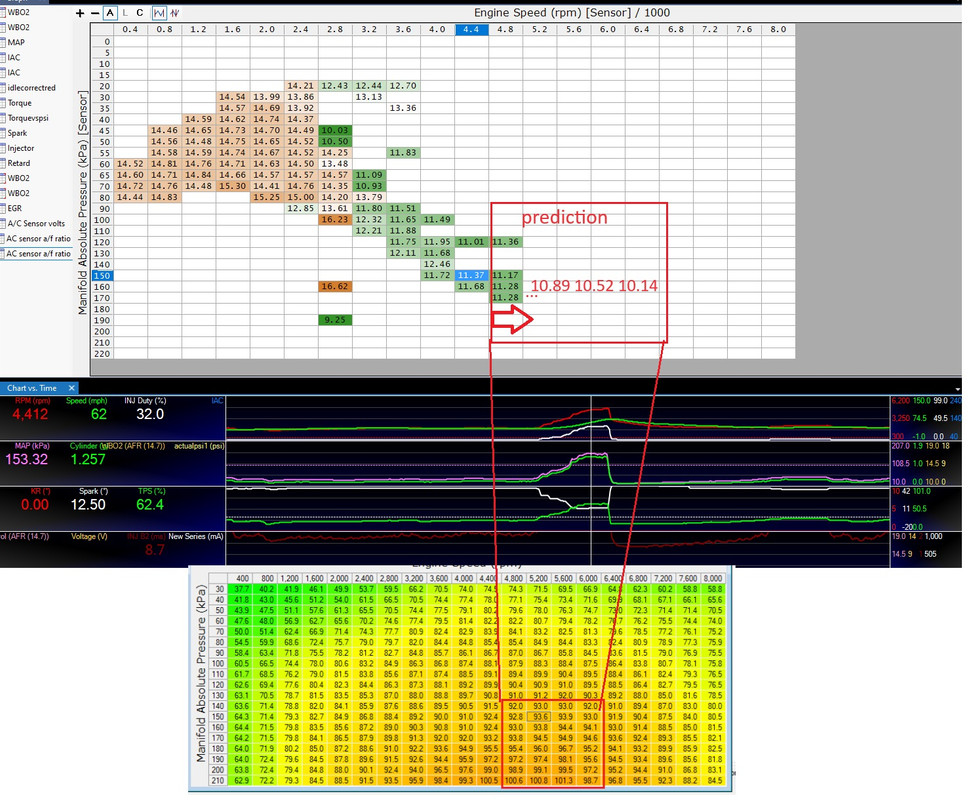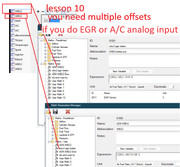So I've been reading for months, got this truck finished up after spending 4 years slowly building it. Figured I'd try my hand at tuning myself, I tried it on my previous setup and it went fairly well, but I feel like I am going around in circles so I'm finally giving in and posting. Went through enough bad mechanical issues from 2 sets of bad injectors, a bad head gasket, a broken valve spring, broken trunnion, that the tuning is just driving me nuts.
Mods are in my signature. I've been trying to tune this setup using STFTs for closed loop and wideband for boost.
My main issue is getting the fueling correct, I'm in speed density, 2 bar OEM MAP sensor. I have been trying to log and smooth out my VE table, not just copying and pasting % error and leaving spikes, but I'm confused. I know my file naming is terrible, but I got tired of long names at one point. So "again 28" is the tune this log is based off of. They seem to be at an acceptable percent error, but the boost areas are stumping me. Based on watching boost climb in the log, I am relatively close up to about 140-150kpa, but above that I am actually too rich, adjusting areas above 140 to bring fuel leaner actual creates a slight "cliff" in my VE table. Does this seem correct? "again 29" is my attempt at tuning the VE based on the log, you can see where it seems to dip ever so slightly. I've also got the typical lean spikes with quick throttle transitions, see the area about 5:37 in the log, somehow I hit 206kpa, not sure how I tapped almost 15psi of boost, that seems like another issue. Is this something I should be looking at transient fueling on, or do I need to up certain areas of the VE table?
I've also got some issues with return to idle and idle dipping down, but I don't have the idle stuff logged here, that I will tackle once I get the main fueling figured out.
I've waited years to get this running and finally did, and now the tuning is killing me.
EDIT: Though of this after, my base fuel pressure is set to 58psi. I was also messing with EOIT by setting it at what a stock CTS-V uses to try and see if that cleaned up some of my issues, no idea if this was a stupid move.




 Reply With Quote
Reply With Quote

